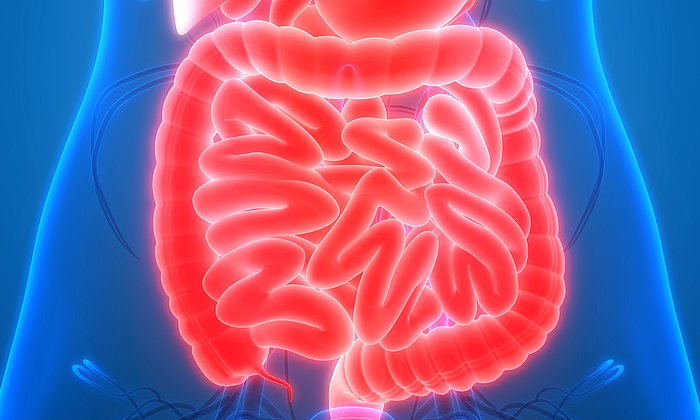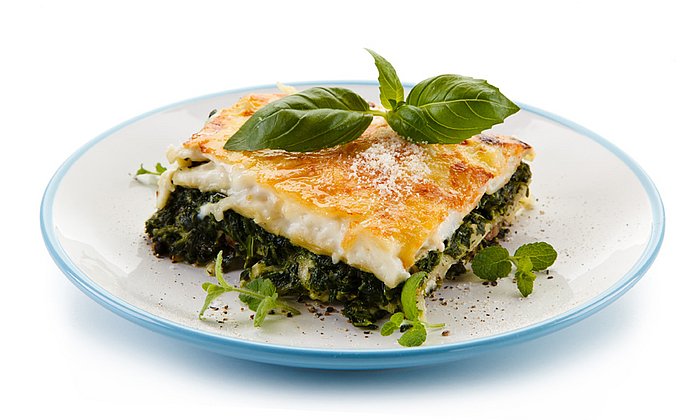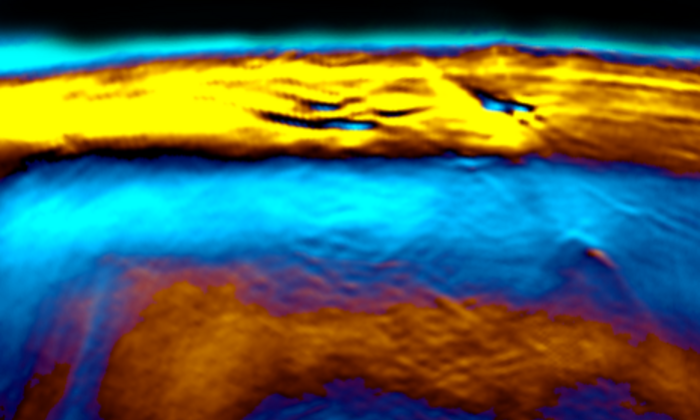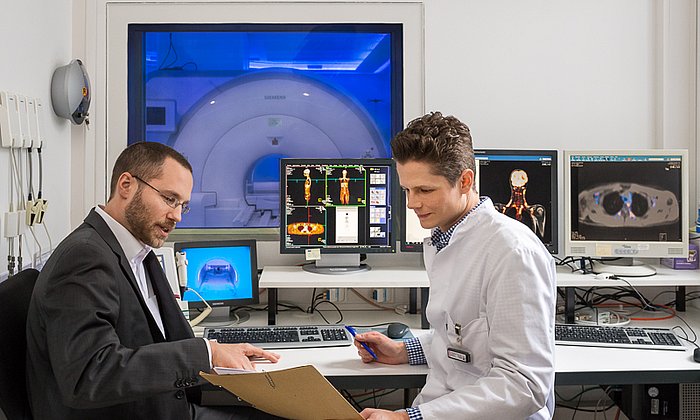A new approach to treating overweight and obesity
Emergence of calorie burning fat cells
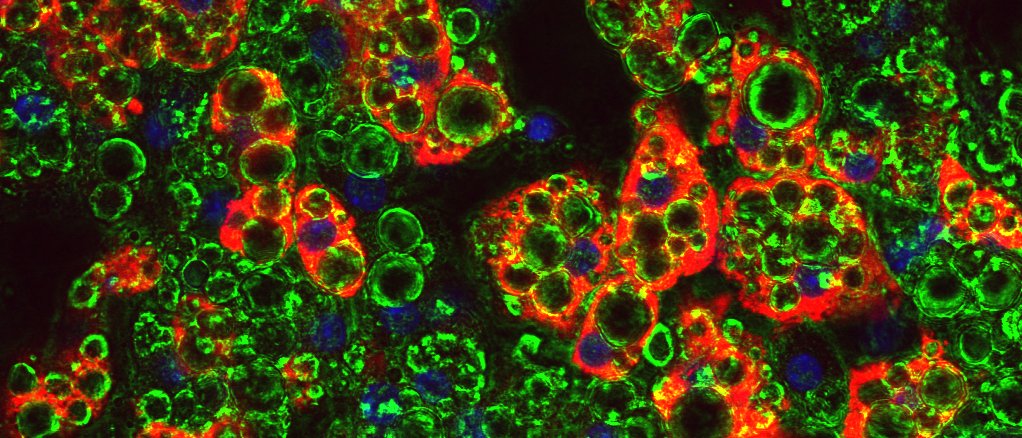
Our fat cells, technically referred to as adipocytes, play an essential role in regulating energy balance in our body. “Adipocytes are not merely an energy storage for times of deprivation, but they also release hormones into the blood, regulating our metabolism as well as feelings of hunger and satiety through the brain and other organs. Nevertheless, too much of a good thing causes harm.” explained Professor Klingenspor, Chair of Molecular Nutritional Science at the TUM Else Kröner-Fresenius Center.
White, beige or brown – the color of fat cells affects our health
There are different types of fat tissue in our body, which can be categorized according to color. White fat cells are primarily responsible for energy storage. Brown and beige fat cells can convert nutritional energy into heat. This process is referred to as non-shivering thermogenesis – a principle that small mammals and human newborns use to maintain a stable body temperature.
The occurrence and activity of brown and beige fat cells vary among individuals. There is some evidence suggesting that people with a high number of thermogenic fat cells possess a lower risk to develop obesity and associated metabolic disorders. Especially the growth of beige fat cells within white fat tissue may have particular health benefits.
Browning ability of white fat is genetically determined
“We want to understand how thermogenic fat cells develop; so how beige fat cells grow inside white fat tissue,” stated Klingenspor. By “browning” the white fat tissue, an energy-storing organ could be partially transformed into an energy-dissipating organ, thereby improving metabolic health.
The development of beige fat cells is controlled by a still largely unknown genetic program. Mouse strains with divergent genetic backgrounds largely differ in their ability to brown the white fat tissue. “By systematically comparing fat cells among these different strains of mice, we were able to discover which genes or regulators might explain the variation in beige cell differentiation – in other words, the growth of beige fat cells”, indicated Klingenspor.
New possibilities due to transcriptomics and network analyses
By sequencing all transcripts of a cell using Next Generation Sequencing technology, all gene activities across the entire genome can be registered in a snap-shot.
For the current study, the joint TUM/EPFL team performed a comparative analysis of the transcriptomics of fat cells from genetically divergent mouse strains. The study goes beyond other work in this field in that it not only identifies important individual factors but also relates them to each other in a molecular network.
With this approach, the team could provide a systematic overview over the network of cell-intrinsic regulatory mechanisms that represent the underlying principle for the development of beige fat cells, making them the first team of scientists to achieve this.
“Now we have gathered a unique insight into the genetic architecture driving the molecular mechanisms of beige fat cell development. What we managed to confirm in a cell culture is now to be examined ‘in vivo’ – so inside a living organism – as our next step,” said Klingenspor with respect to avenues for future research.
Li, Y., Schwalie, P. C., Bast-Habersbrunner, A., Mocek, S., Russeil, J., Fromme, T., Deplancke, B. & M. Klingenspor: Systems genetics-based inference of a core regulatory network unterlying white fat browning. Cell Reports 2019;29:4099–4113
- High-resolution images for journalists
- Professor Klingenspor’s lab is a member of the Else-Kröner-Fresenius Center for Nutritional Medicine (EKFZ). The EKFZ was established at TUM in 2005: Its innovative approach combines traditional nutritional science with broader medical research – a unique feature in the scientific landscape of Europe. The Center comprises three Chairs with roughly 60 employees covering two faculties (Medicine, TUM School of Life Sciences Weihenstephan).
- The research paper was developed by Dr. Yongguo Li’s group, in collaboration with Dr. Petra Schwalie from Professor Bart Deplancke’s group at the École Polytechnique Fédérale de Lausanne (EPFL). EPFL in Lausanne and TUM are both part of the “Eurotech” initiative.
Technical University of Munich
Corporate Communications Center
- Dr. Katharina Baumeister-Krojer
- katharina.baumeister@tum.de
- 08161-71-5403
- presse@tum.de
- Teamwebsite
Contacts to this article:
Prof. Dr. Martin Klingenspor
Technical University of Munich
Chair of Molecular Nutritional Medicine
Phone: +49.8161.71.2386
mk@tum.de
http://mem.wzw.tum.de
